- 50 Posts
- 72 Comments

One counterexample I would like to point out is the Medicaid expansion under Obamacare seems to have made that program another one of the ‘third rail’ policies alongside Social Security and Medicare
Alley cropping has a lot of advantages and scales well depending on one’s goals. If you wanted to have large combines, you can simply make the alleys wider. Its all about tradeoffs. I’ll have to look into Kentucky coffeetree, I imagine that their bean pods would make good livestock fodder.
Regarding the alfalfa wheat intercrop, the goal is actually to harvest the wheat for grain, with the alfalfa functioning as a sort of fertilizer crop (that’s still harvested for forage after the wheat is harvested). There are a lot of barriers, so it’s an active area of research, but it’s a really interesting topic.

I think ocean iron fertilization has some promise to it, and it has the benefit of being able to be experimented with at a small scale and subsequently scaled up responsibly to measure effects. Aerosols are kind of a one and done solution, and if for any reason its suspended, their is a boomerang effect that drives warming even higher

Its definitely the plot of termination shock
 19·5 months ago
19·5 months agoIt’s also ridiculous how many products are just trucking water around from one place to another with a little big of active solution mixed in. We need more ‘just add water’ products available.
Definitely a valid critique of Mondragon in the modern era, its commitment to the 10% ratio has atrophied somewhat. It’s still something that ebbs and flows, for example there is a current push to transfer 35,000 non-member workers in their retail coop into full members (from a total of 50,000 workers). From numbers I’ve seen, 85% of employees are still members, which is pretty good.

Yeah, I think its useful to continue trialing out the technology and see if it can hold up to snuff. But at the same time banking on this idea as our only approach to decarbonizing protein (which is what the beef industry would prefer) is short sighted, imo

Are there any mechanisms where landlords can be driven to adopt the alternatives that homeowners are utilizing?

 2·6 months ago
2·6 months agoFusion power doesn’t utilize uranium or plutonium, it uses hydrogen. Any radioactive outputs have short half-lives, making storage less of a concern.

It is a good sign that in some countries where leasing is still open, oil companies are buying a lot fewer permits

 1·7 months ago
1·7 months agoI’m not sure I would call that a monopoly though. Most farmland is owned by the operator, and a large portion of leased farmland is owned by retired farmers, descendants, or widows. Roughly 10% of land is owned by some sort of corporate or trust landlord. (This data is a tad old, but my general sense from subsequent years is that land transfers were mainly through inheritance, not sale, implying the situation is similar today). Price increases in land is due to different forces, and consolidation occurs mostly within communities (i.e. a big family farm purchases a small family farm, or when a farmer dies their kid retains the land and rents it, these are the processes behind consolidation and lack of land access, imo).

There’s this idea called World Systems theory, that divides the world into core and peripheral countries, with the core countries extracting resources (natural, financial, or labor) and sends pollution back. This is maintained by military and/or economic power. That’s the framework where this would be considered colonial. Personally, I prefer the term neocolonial

 1·7 months ago
1·7 months agoCan you elaborate on land ownership monopolies?
Regarding irrigation, while it’s not automation related, I enjoy Water for Every Farm: Yeomans Keyline Plan. In terms of charting and weather monitoring, I can share some different formulas and methods for calculating and tracking water budgets. I’ve written some R scripts to automate modeling water availability in my yard and can share how I did so if you’re interested!
Also, I write a blog about agriculture, landscapes, and sustainability, if you’re interested!

 2·8 months ago
2·8 months agoI mean for a lot of things there just aren’t any real options. Lots of software packages are no longer available without a subscription. Heck, I’ve been looking for an app to guide me through evening stretches and I can’t find anything that’s just a single purchase.

 1·9 months ago
1·9 months agoMoisture would be an issue with such a set up, and could cause mold and mildew in apartment units
The only references I can find for such soils are when there are highly stratified C horizons where a component may be sandy clays, like the Lohmiller series, at least that’s my interpretation of the description
https://soilseries.sc.egov.usda.gov/OSD_Docs/L/LOHMILLER.html
https://websoilsurvey.nrcs.usda.gov/app/
Use this tool. Click the green button on the webpage, search up your location, on the toolbar click on the red square and draw a box around your yard, click soil map. On the left of the screen, you’ll see a list of soil types on your property with their textures
That’s awesome! What sorts of lessons have you learned in navigating that transition?


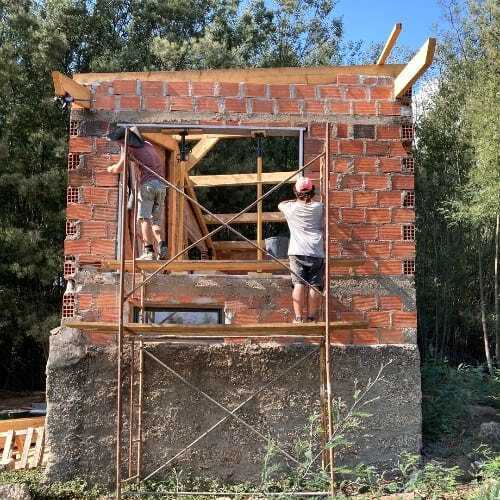


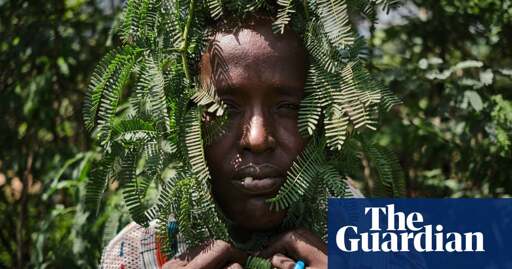
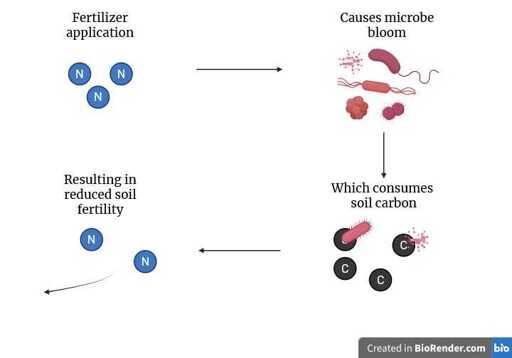





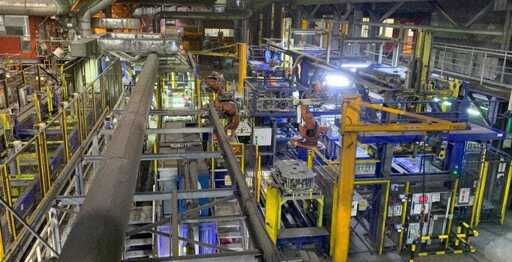






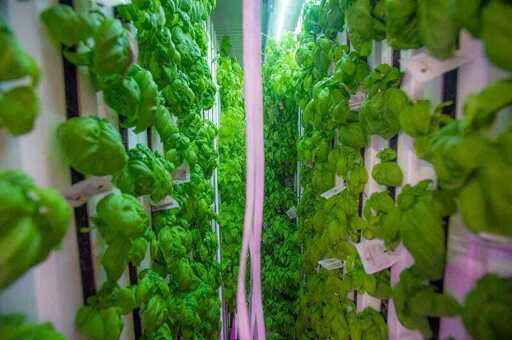

Unfortunately I have been proven wrong :/